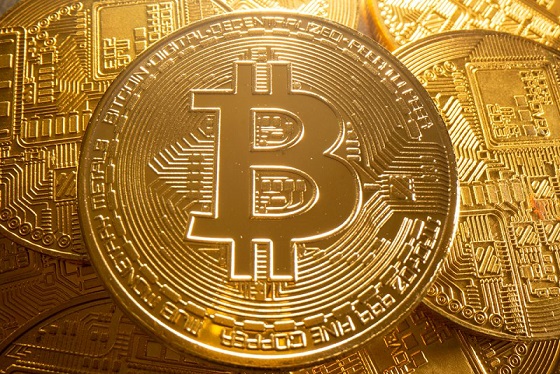Benzinga - Bitcoin (CRYPTO: BTC) introduced NFTs that are stored entirely on its blockchain.
These NFTs can hold up to 4MB of data, enabling the storage of short videos and even the Satoshi whitepaper on the blockchain.
This has the potential to make Bitcoin a competitor to Ethereum (CRYPTO: ETH), which currently dominates the NFT market, Trustnodes reported.
See Also: Small-Cap Altcoin Rallies 88% In A Week To Blow Past Bitcoin, Ethereum, Dogecoin Gains
Adam Back, CEO of Blockstream (which employs many Bitcoin developers), sparked controversy when he called for censorship in a now-deleted tweet: "It’s also fair game for miners to censor the crap as a form of discouragement," Back stated. He later retracted his statement, saying, "I retracted/deleted that as it was stupid and getting misinterpreted."
Instead, he suggested, "We can educate and encourage developers who care about Bitcoin’s use-case to either not do that, or do it in a prunable space-efficient, e.g., time-stamp way."
The current method used by Ordinals is to store the NFT data in the part of the transaction that holds segregated witnesses, resulting in a 75% reduction in transaction fees compared to other forms of data.
This makes the creation of NFTs very cheap, costing around $20, compared to the $140 it would cost in Ethereum. The data is also prunable, meaning it does not need to be stored on the UTXO (transactions memory part of a node), although a synchronizing node must download it.
The NFTs are represented as Satoshi, with their serial number used to differentiate them, which was made possible by the Taproot upgrade in 2021.
This was originally intended to enable smart contracts on Bitcoin but is now being used to store pictures of the popular meme, Doge.
The NFTs are a long string of numbers and letters on the blockchain, which requires specialized software to translate into an actual image.
See Also: Is China Embracing Crypto? Tron DAO Founder Praises New Digital Currency Tax
Ordinal does not currently have a marketplace, and its website design has been criticized as looking amateurish. However, it does allow users to view the latest Satoshi JPEGs, which are paid for by miners for inclusion. Proponents argue that this benefits the network by adding to miner subsidies, while opponents argue that it is an inefficient way to store images.
"Although considering these are immutable images, it is the most efficient way to store them for long-term accessibility, with miners unlikely to censor as they’re paid fees," says the author. "Devs also might not change the feature because it is probably needed for Blockstream products, at least eventually."
The highly controversial Segwit upgrade has ultimately resulted in Doge (CRYPTO: DOGE) pictures receiving a 75% reduction in network fees but has not achieved much else.
These pictures have double the storage capacity of ordinary transactions, 4MB compared to about 1.8MB, with Bitcoin developers ultimately privileging a use case they don’t like.
However, this could add about 200GB of data per year, which could be significant without a proper pruning mechanism.
"Satoshi-based assets, however, have not quite taken off," says the author. "There have been many attempts, including Colored Coins, but Bitcoin’s script language is too limited to really do much."
The satoshi base of the asset also requires specialized software, rather than just a Bitcoin wallet, which may have contributed to its limited adoption.
The absence of a marketplace on Ordinal virtually guarantees a lack of adoption for now, and uncertainty regarding Blockstream's plans makes Ethereum a safer bet.
Next: Bitcoin On Track For Best January Since 2013 — Ethereum May Soon Catch Up
© 2023 Benzinga.com. Benzinga does not provide investment advice. All rights reserved.
